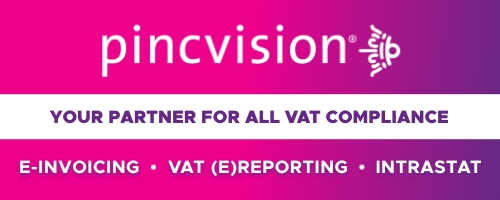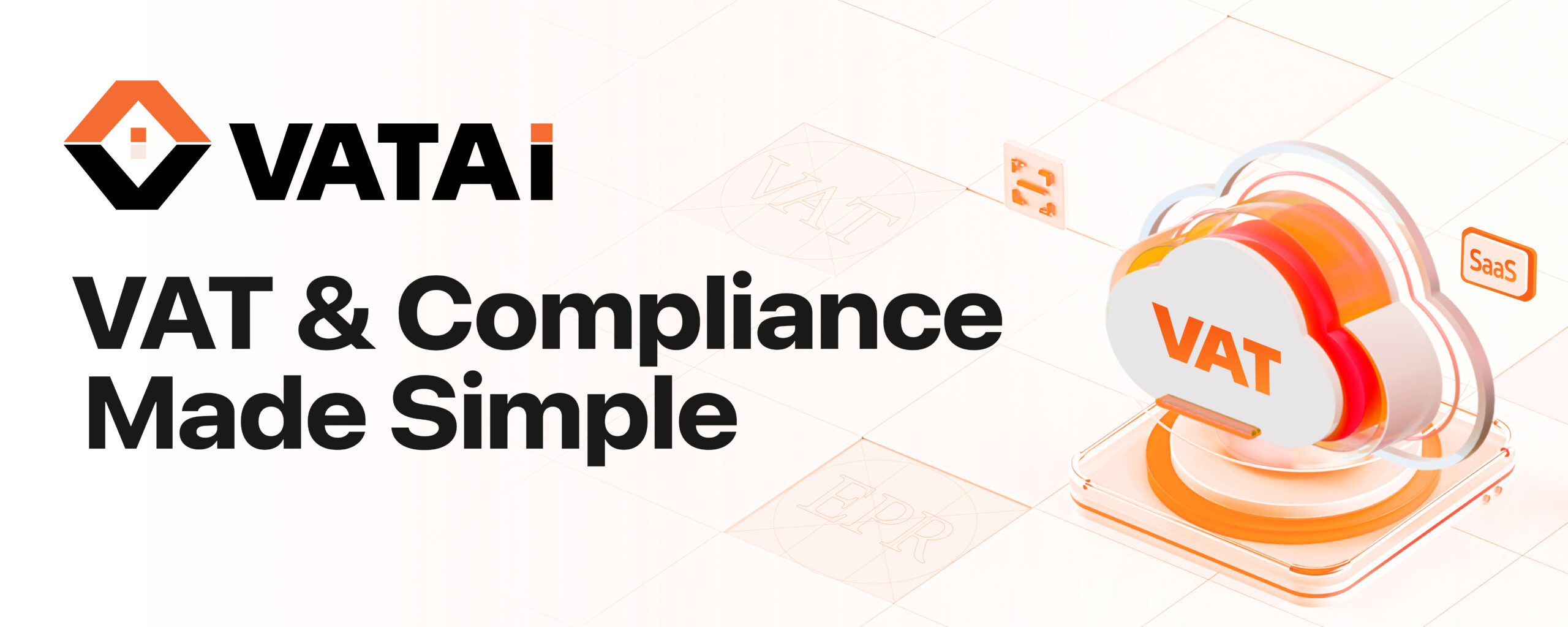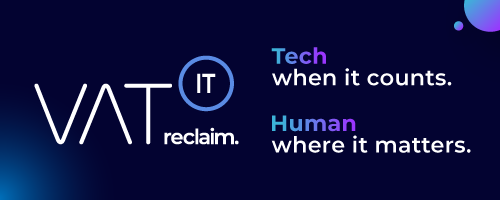Anyone who runs a business that entails tax liability may deduct input tax on their acquisitions in the business.
Under certain conditions, a taxable partner in a partnership has the right to deduct input tax on acquisitions made by the partnership. However, a basic condition is that the community association is not liable for tax for its supplies to the co-owners (members) and therefore lacks the right to deduct input tax on the association’s acquisitions. An example of such a situation could be if the community association is covered by the rules on tax exemption for companies with a small turnover. Another example could be if the community association does not charge the co-owners, i.e. there is no provision to the shareholders for compensation. Such an administrative activity can be seen as a non-economic activity and thus there is no right of deduction for the community association.
2 Question
On February 15, 2022, the Swedish Tax Agency published the statement “Associations’ provision to members, VAT”, dnr 8-1462899 . The position shows that the Tax Agency considers that community associations that continuously manage community facilities for compensation are normally liable for tax according to the Value Added Tax Act (1994:200), ML, for their supplies to members (the co-owners in the community).
In this statement, the Swedish Tax Agency explains how the above assessment of the Swedish Tax Agency regarding community associations’ provision to members affects the scope of application of the provision in ch. 8. Section 4 first paragraph 2 ML on right of deduction.
3 Applicable law, etc
3.1 Provisions
Value added tax must be paid to the state in the case of turnover within the country of goods or services that is taxable and is made by a taxable person in this capacity, to the extent that the taxable person is not exempt from tax on the turnover (chapter 1 § 1 first paragraph 1 ML , compare Article 2.1 of Council Directive 2006/112/EC on a common system of value added tax, the VAT Directive).
Obliged to pay value added tax (taxable) for such sales as specified in § 1 first paragraph 1 is, as far as this is concerned, the person who sells the goods or services (Chapter 1 § 2 first paragraph 1 ML).
Turnover of a service is understood to mean that a service is provided against compensation or that a service is claimed through withdrawal (Chapter 2, Section 1, third paragraph ML).
Anyone who runs an activity that entails tax liability may deduct the input tax that relates to acquisitions or imports into the activity (Chapter 8 § 3 first paragraph ML, compare Article 168 of the VAT Directive).
Anyone who runs an activity that entails tax liability may also make a deduction if the taxpayer is a co-owner of a partnership for water regulation, road maintenance or similar purposes and the property that is part of the partnership is used in the activity that entails tax liability: for the input tax that relates to the joint venture’s acquisition, however only to the share that corresponds to the taxpayer’s share in the joint venture (ch. 8 § 4 first paragraph 2 ML). The provision has no counterpart in the VAT directive.
The background to the provision in ch. 8. § 4 first paragraph 2 ML were the cumulative effects that arose because a community association’s performance of the task for which it was created did not mean that the association was conducting an economic activity (compare, among other things, RÅ 1970 Fi 1465). An opportunity was therefore introduced for a taxpayer who is a partner in a partnership to deduct as much of the partnership’s input tax as corresponded to the partner’s cost responsibility to the partnership (see prop. 1973:163 p. 56 ff).
There is no right of deduction for input tax relating to acquisitions to be used in activities that are exempt from VAT liability or do not fall within the scope of this (C-437/06 Securenta and RÅ 2010 ref. 98).
A facility can be set up that is common to several properties and that serves purposes of constant importance to them (joint facility). The question of a joint facility is examined in the course of proceedings (Section 1 of the Facilities Act [1973:1149], AL).
Community facility and right to space are combined for the properties that participate in the facility. For the construction and operation of the facility, the participating properties constitute a special community (§ 14 AL).
4 Assessment
A community association is formed by the members where the purpose of the association is normally to manage a community facility, which serves a purpose of constant importance to the members of the association, i.e. the owners of the co-ownership properties that the community refers to.
Anyone who runs a business that entails tax liability may deduct input tax on their acquisitions in the business.
The provision in ch. 8 § 4 first paragraph 2 ML gives, under certain conditions, a co-owner in a partnership a right of deduction for acquisitions made by the partnership association. A basic condition, however, is that the community association is not liable for tax for its supplies to the co-owners (members) and for that reason also does not have the right to deduct input tax on the association’s acquisitions. The association’s acquisitions must also be used in an activity that entails tax liability for the co-owner.
The Swedish Tax Agency considers that community associations that continuously manage community facilities for compensation conduct an independent economic activity. When a community association sells goods and services, it does so in the capacity of a taxable person. Provided that the association is not covered by the rules on tax exemption for companies with a small turnover, such an association is liable for tax for its supplies to members, see further the position “Associations’ provision to members, VAT”, from 15 February 2022, dnr 8-1462899 .
As a consequence of the above-mentioned assessment in said position, the scope of application of the provision in ch. 8 is reduced. Section 4 first paragraph 2 ML. A taxable community association has the right to deduct, according to the main rule in ch. 8. § 3 ML, for input tax on its acquisitions that relate to supplies to members. This means that the co-owners in a partnership managed by such a taxable association cannot invoke the provision in ch. 8. Section 4 first paragraph 2 ML for right of deduction attributable to the association’s acquisition. However, the co-owners may have a right of deduction according to ch. 8. § 3 ML for the value added tax on the provision made by the community association.
If, on the other hand, the association’s activities do not entail tax liability, the association has no right to deduct input tax on the acquisitions it makes. Deduction rights for these acquisitions can then instead be available to the co-owners in the partnership if other conditions are met. An example of such a situation could be if the community association is covered by the rules on tax exemption for companies with a small turnover. Another example could be if the community association does not charge the co-owners, i.e. there is no provision to the shareholders for compensation. Such an administrative activity can be seen as a non-economic activity and thus there is no right of deduction for the community association.
Source: skatteverket.se















